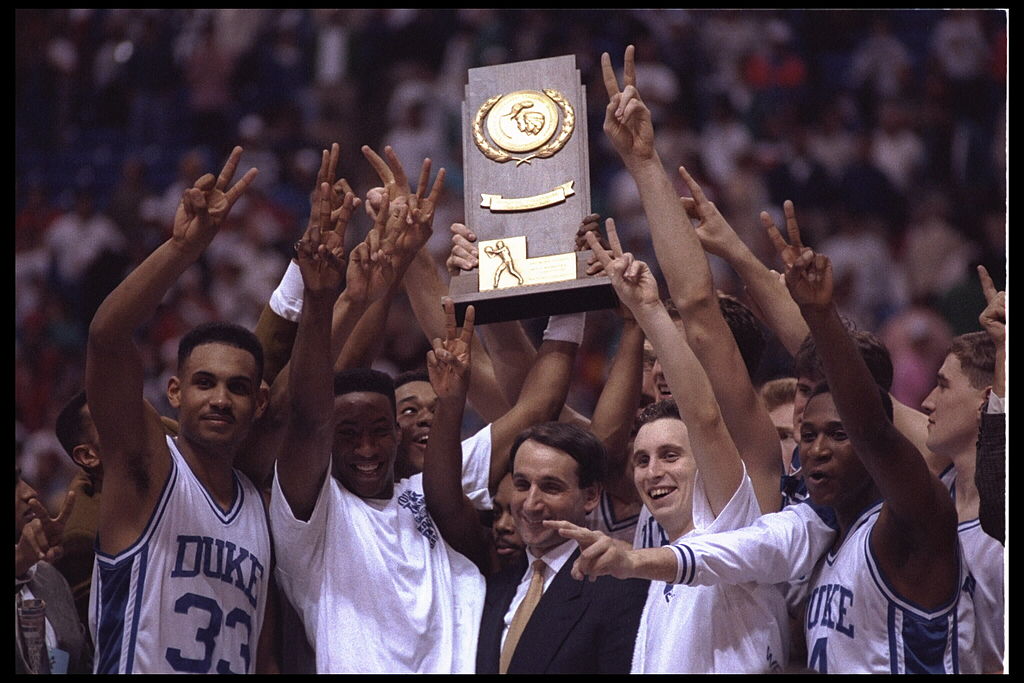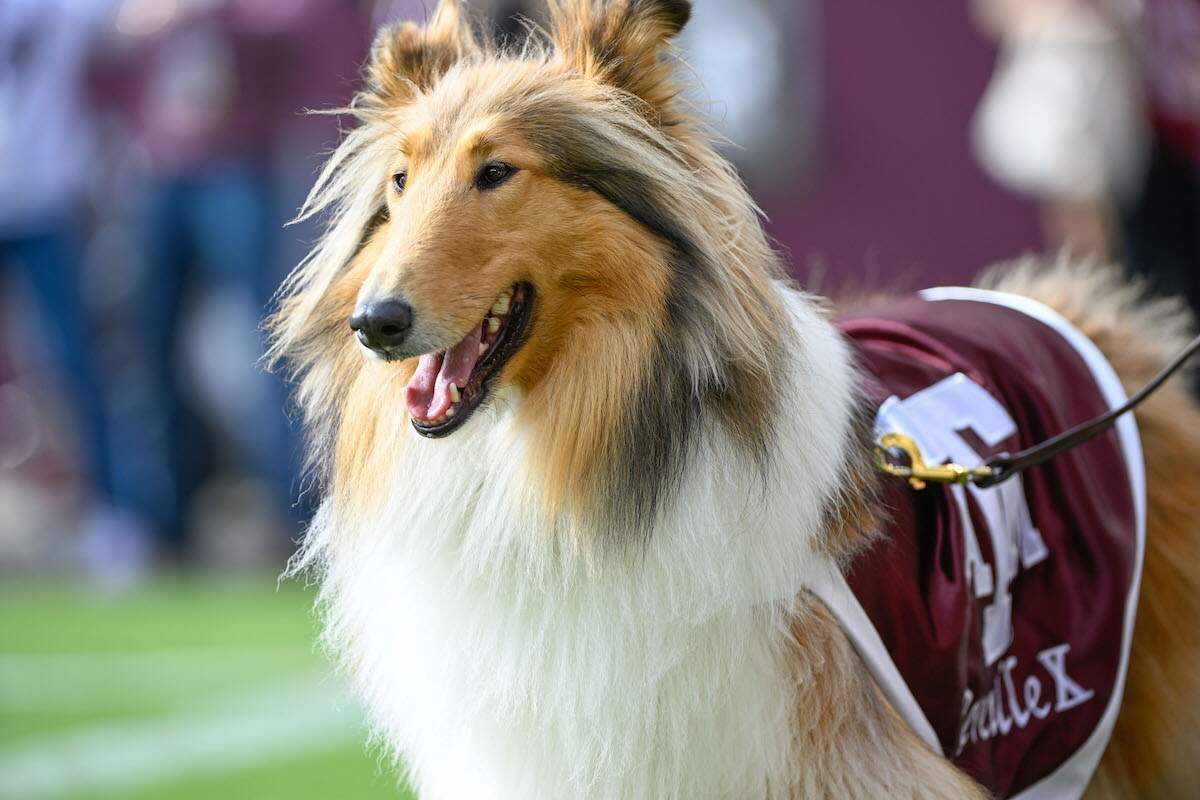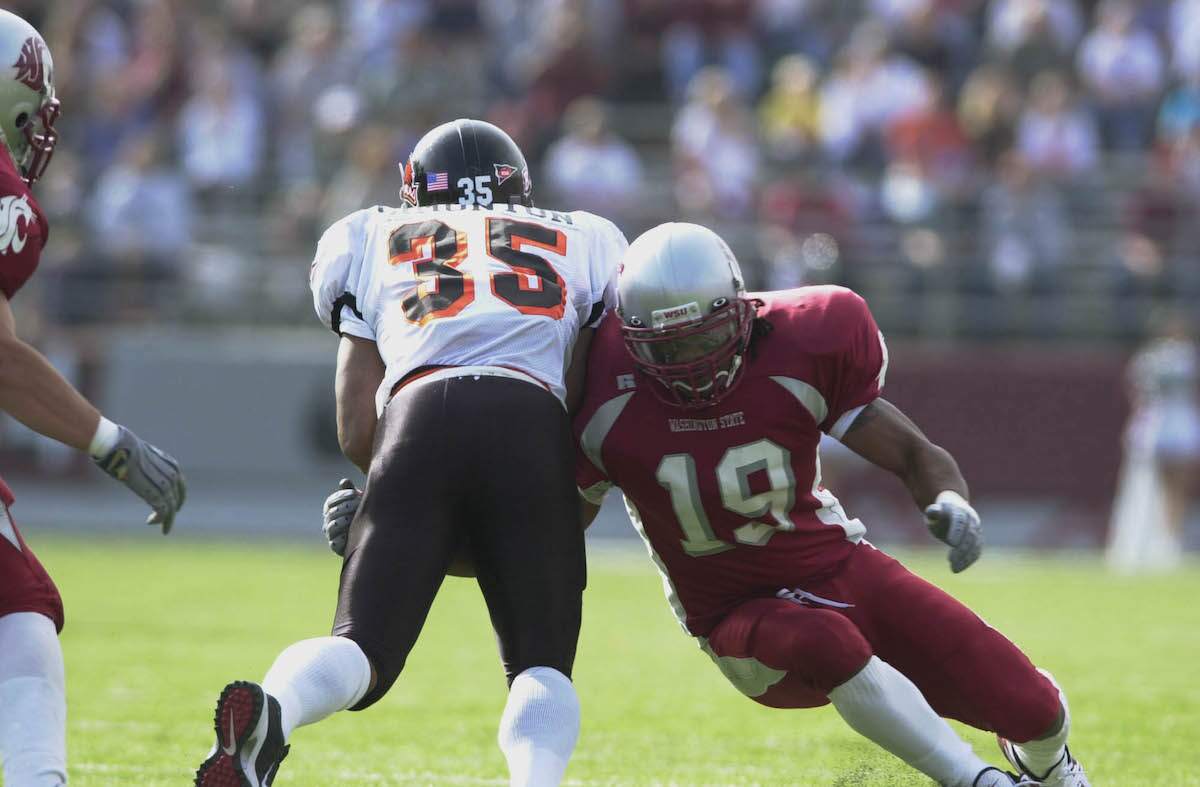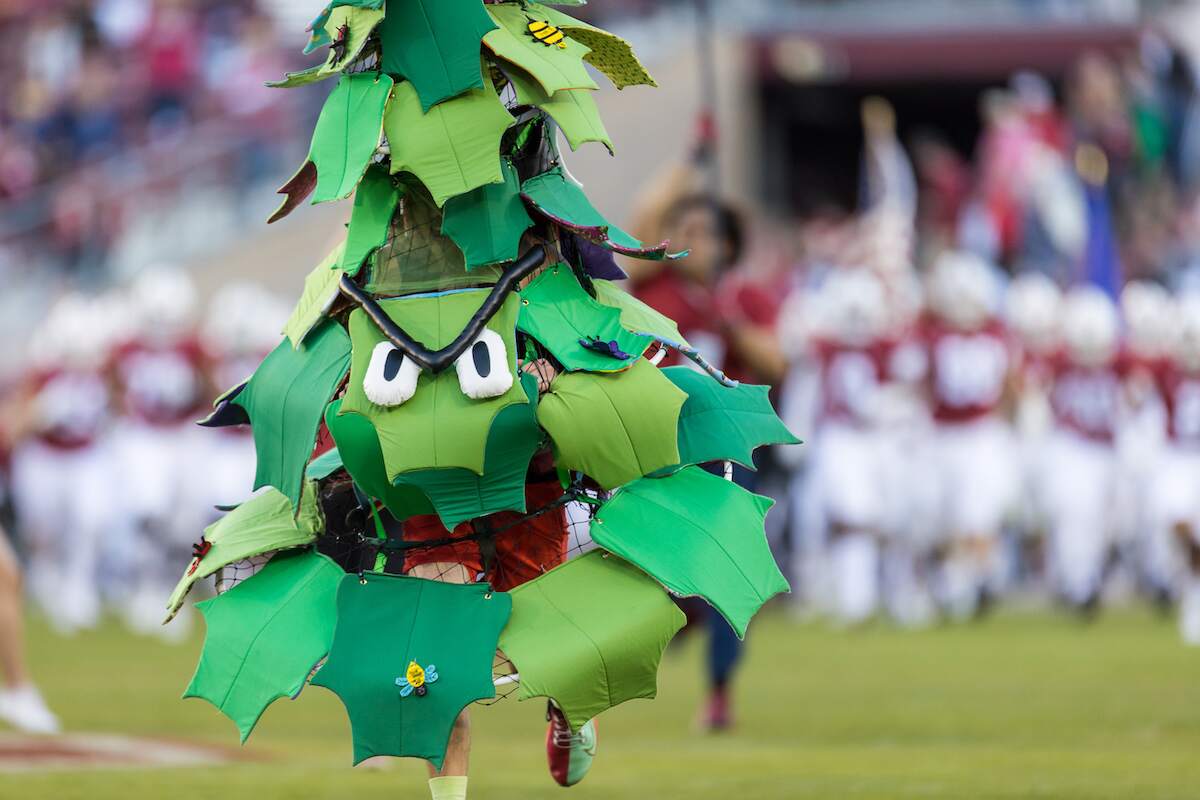
How Many Teams Have Won Back-to-Back NCAA Basketball Championships?
Simply put, the NCAA Tournament is one of the most entertaining events in sports. Every spring, March Madness sweeps over the nation as college basketball’s best attempt to string together enough consecutive wins for the chance to cut down the nets in the national title game.
First played in 1939, the men’s tourney has grown from eight teams to 68 and has produced some of the greatest moments in sports history. While many universities can claim a national championship, only a select few can say they’ve won back-to-back titles. One of the most challenging things in sports to do is repeat as champion, and only these schools can say that they were able to pull off such a historic feat.
Oklahoma A&M (1945 & 1946)
For those who have never heard of Oklahoma A&M, you’re not alone. These days, the school that was the first to win back-to-back NCAA Basketball titles is known as Oklahoma State. In the 1940s, the NCAA tourney consisted of just eight teams, which were split into an East Regional and a West Regional. A&M’s first run came in 1945 as the Aggies (now the Cowboys) ran through Utah and Arkansas before defeating NYU in the championship game.
Head coach Henry Iba led the team to a perfect 12-0 record in the Missouri Valley Conference en route to a 31-2 record overall. They beat Baylor in the first round of the 1946 NCAA Tournament, then dismantled California in the Final Four. The Aggies then defeated North Carolina 43-40 to become the first back-to-back national champions.
Kentucky (1948 & 1949)
Second on the all-time list for total NCAA Basketball titles with eight, the University of Kentucky notched its first championship in 1948, the first of four under legendary coach Adolph Rupp. The Wildcats beat Columbia in the first round, 76-53, before disposing of defending champion Holy Cross in the Final Four. Kentucky defeated Baylor by 16 in the title game to clinch their first national championship.
Rupp & Co. ran through the SEC schedule ahead of the 1949 NCAA Tournament, going 13-0 in conference play. The Wildcats lost just two of 34 games throughout the year and beat former back-to-back national champs Oklahoma A&M in the championship game to become the second team to win consecutive NCAA crowns. Kentucky would also win the title in 1951.
San Francisco (1955 & 1956)
Before Bill Russell led the Boston Celtics to 11 NBA titles, he first led the San Francisco Dons to back-to-back NCAA Basketball titles in 1955 and 1956. Russell, a two-time Consensus First Team All-American, was a shot-blocking machine for the Dons and averaged more than 20 points and 20 rebounds in three seasons at USF.
In 1955, Russell led the Dons to their first national title. The NCAA Tournament had expanded to 24 teams at this point, and USF defeated defending champion LaSalle in the title game, 77-63. The following season, USF went undefeated (29-0) on the way to their second consecutive championship. This was the first undefeated NCAA Basketball championship team in history.
Cincinnati (1961 & 1962)
Then playing in the Missouri Valley Conference, the Cincinnati Bearcats became the fourth team in history to win back-to-back NCAA basketball titles. In 1961, they defeated Texas Tech and Kansas State on their way to the Final Four, then beat Utah to set up a matchup with in-state rival Ohio State. The Bearcats defeated the Buckeyes 70-65 to win their first national championship.
Head coach Ed Jucker led Cincinnati back to the title game in 1962, once more against Ohio State. The Bearcats once again came out on top, besting Ohio State by 12 for their second title in as many years. Cincinnati center Paul Hogue was named the tournament’s Most Outstanding Player.
UCLA (1964 & 1965, 1967-1973)
In the history of NCAA Basketball, there will never be a dynasty like UCLA. Just two years after Cincinnati became the fourth team to win back-to-back titles, UCLA won their first championship, beating the Duke Blue Devils to cap off an undefeated season. A year later, Gail Goodrich scored a then-record 42 points in the title game against the Michigan Wolverines to secure a second consecutive title for coach John Wooden.
UCLA actually missed the NCAA Tournament in 1966 after finishing second in their conference. At that time, only conference champions were allowed to participate in the tourney. The Bruins came back in 1967 with a chip on their shoulder and went on to win seven consecutive national championships. The Bruins went undefeated in 1967 and also in 1972 and 1973. Featuring players such as Lew Alcindor (better known as Kareem Abdul-Jabbar) and Bill Walton, the Wooden-led teams would win 10 NCAA Basketball titles in 12 years.
Duke (1991 & 1992)
After losing in the title game to UNLV by 30 points in 1990, Mike Krzyzewski and the Duke Blue Devils tore through the first four rounds of the 1991 NCAA Tournament to set up another matchup with the Runnin’ Rebels. They ruined UNLV’s undefeated season with a 79-77 victory in the Final Four before knocking off Roy Williams and Kansas in the title game to claim the school’s first national championship. All-American Christian Laettner was named the tourney’s Most Outstanding Player.
A season later, Duke found themselves back in the title game, this time against the Fab Five of Michigan. Laettner, Grant Hill, and tournament MOP Bobby Hurley led the Blue Devils to a 20-point victory over the Wolverines to become the first team in nearly two decades to win back-to-back NCAA Basketball titles.
Florida (2006 & 2007)
The most recent school to win back-to-back titles is the University of Florida, which accomplished the feat in 2006 and 2007. Led by head coach Billy Donovan and a roster that included Al Horford and Joakim Noah, the Gators went undefeated in non-SEC play, accumulating a 33-6 overall record. Florida knocked off UCLA in the title game to secure the university’s first NCAA Basketball Championship.
The Gators would repeat in 2007 with a title-game win over Mike Conley, Jr. and Greg Oden’s Ohio State Buckeyes squad. Florida was the No. 1 seed in the Midwest Regional and defeated Jackson State, Purdue, Butler, Oregon, and UCLA before besting the Buckeyes.



